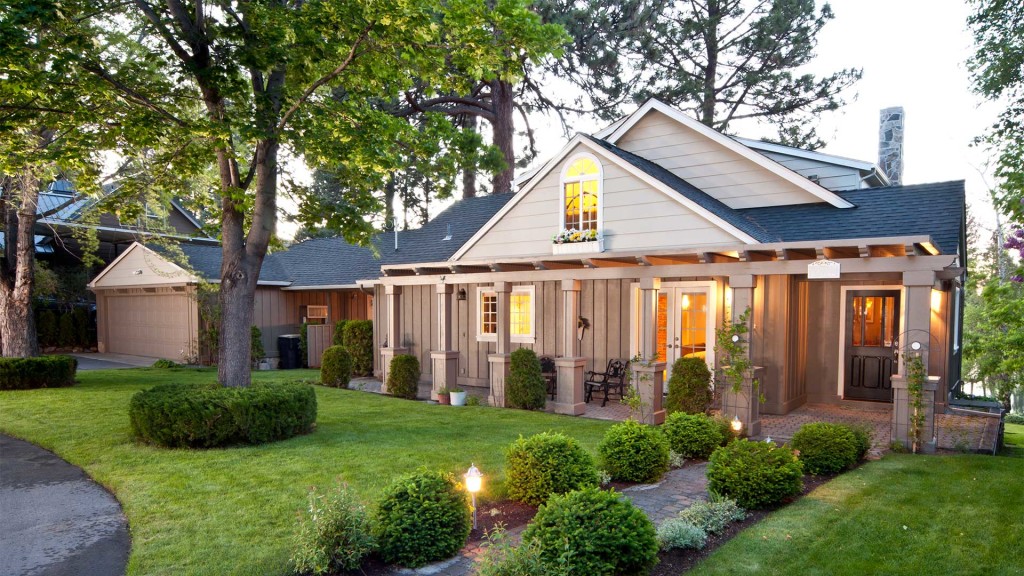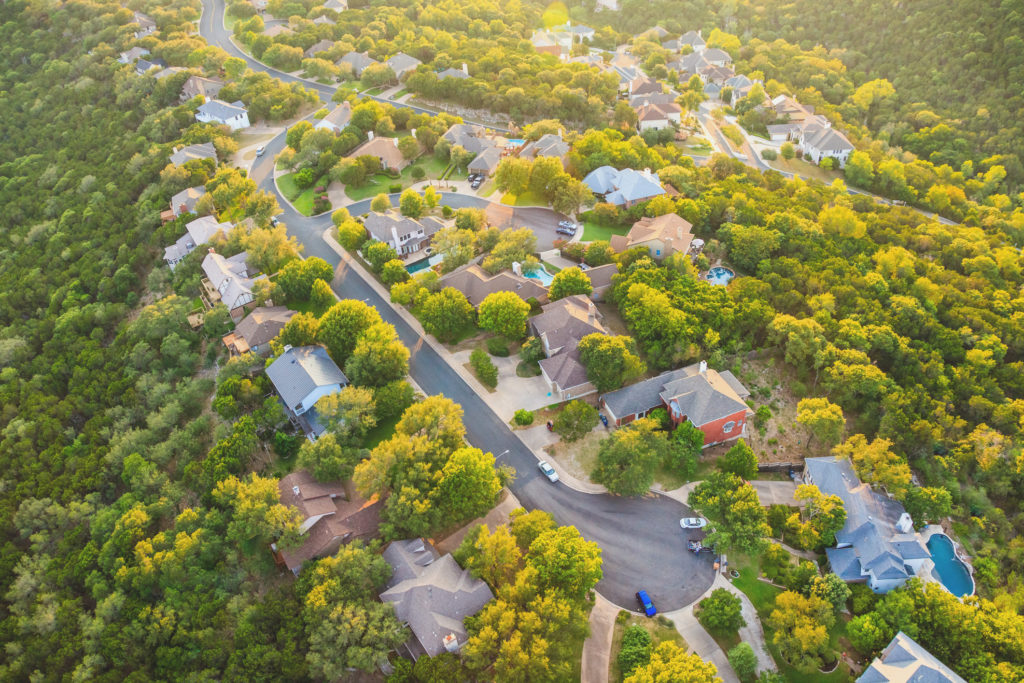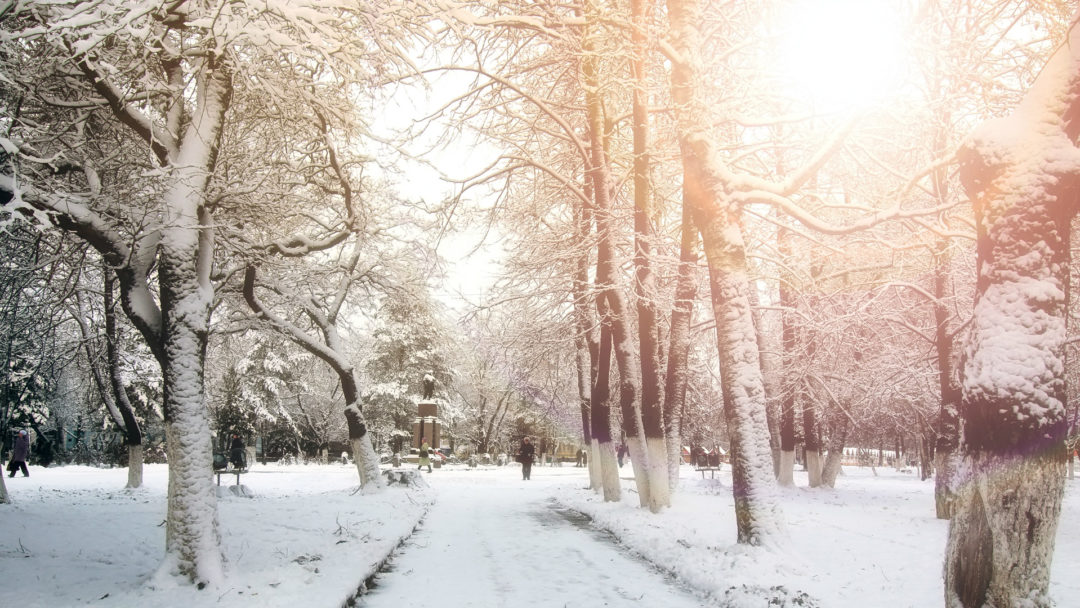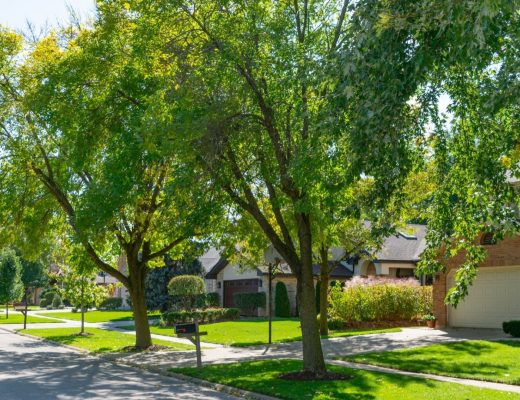This story originally ran on Sustainable City Network. Written by Randy Rodgers.
Empowering citizens to acquire the right trees, and plant them in the right locations, can make an important contribution to a city’s sustainability goals, and the Arbor Day Foundation recently made it a lot easier for local governments and organizations to get a tree distribution program up and running.
By now, most people know the benefits of trees: they can save energy by providing shade and wind breaks around buildings, they reduce soil erosion, mitigate stormwater, provide habitat for wildlife, cool and beautify neighborhoods, absorb carbon, clean the air and water, and raise property values.
At the same time, as every utility and street department knows, the wrong tree in the wrong place can be a headache, cost money and even endanger lives.
The answer: invest up-front to distribute trees and provide homeowners with tools for selecting, planting and nurturing the right trees in the right places.
 The Arbor Day Foundation launched its Energy-Saving Trees program in 2011 and has since helped 43 partners in 36 states develop “community canopy” projects.
The Arbor Day Foundation launched its Energy-Saving Trees program in 2011 and has since helped 43 partners in 36 states develop “community canopy” projects.
“The program provides both the mechanism and the strategy for growing your urban canopy through private property plantings, which can be an excellent way to reach your canopy target… and can be coordinated with tree replacement programs in cases of tree removals or emerald ash borer losses,” said Kristen Bousquet, business development manager at the Arbor Day Foundation in Lincoln, Neb.
Bousquet said the foundation’s “turn-key” program provides a software program that helps with homeowner education, tree tracking and measuring the benefits per tree. As a result of strategically planting trees for shade in the summer and wind breaks in the winter, Bousquet said, homeowners in certain climates can achieve up to a 20- to 30-percent savings in annual energy consumption.
The data used to compute these values comes from the i-Tree research project, developed over 20 years by the U.S. Forest Service, the Davey Institute and the Arbor Day Foundation. The calculations compare the costs of planting, watering and caring for trees with their respective quantifiable benefits, Bousquet said.
“What they figured out is that for every dollar invested, you can get back an average of between $1.37 and $3.09 per tree in benefits,” she said, depending on the type and location of the tree. “What we’ve found is that if we can educate and help people to plant trees strategically around their homes, it leads to an increase in that energy benefit, and by maximizing that energy savings, we can potentially triple those per-tree benefits to $9 or more per dollar spent.”
In the first five years of the Energy-Saving Trees program, the foundation has distributed nearly 190,000 trees, generating $106 million in combined energy and community benefits, Bousquet said. The amount of energy saved would be like taking 34,000 households “off the grid” for an entire year, she added.
The foundation’s program can be customized to fit any community’s needs. The number of trees distributed can range from 100 to 30,000 per season. Tree sizes and species can be selected to fit local needs. Homeowners use an online interface to order the trees, and distributions can be handling by mail, pick-up or a hybrid of both. Agencies can purchase an all-inclusive program, where the Arbor Day Foundation handles everything from start to finish, or they can purchase the software only, to work with an existing program, Bousquet said. Pricing is on a per-tree basis and varies from $14 to $50 per tree, depending on tree size, variety, and the delivery options. There are no separate software or user fees to participate in the program.
Many of the communities who use the program find local partners to help with funding, outreach and distribution of the trees. The web-based system can use the foundation’s Energy-Saving Trees brand or the branding can be customized to match a community’s new or existing brand.
 Bousquet demonstrated the software features of the program in a Sustainable City Network webinar last week. An audio/video recording of that presentation is available for free download in the SCN content store.
Bousquet demonstrated the software features of the program in a Sustainable City Network webinar last week. An audio/video recording of that presentation is available for free download in the SCN content store.
Ian Jurgensen, sustainability project manager for the city of Orlando, Fla., joined Bousquet for the presentation and outlined how his city uses Energy-Saving Trees to manage its urban tree canopy initiative, One Person, One Tree. That project is part of Mayor Buddy Dyer’s citywide sustainability program, Green Works Orlando.
Jurgensen said the Arbor Day Foundation’s software was easy to integrate into the city’s initiative, which has a goal of increasing Orlando’s tree canopy 40 percent by 2040. That will require the addition of 250,000 trees, or roughly one tree for every resident of Orlando – thus the name “One Person, One Tree.” Achieving that goal will save the same amount of energy as permanently removing 143 homes from the electrical grid, taking 1,000 cars off the road and removing enough water from the city’s stormwater system to fill about 115,000 swimming pools each year, Jurgensen said.
Orlando used several funding sources to pay for the program, which gives trees away free to the public. The city controls the species of trees included in the program in order to meet its biodiversity goals and ensure the trees are appropriate for the local climate and the central Florida landscape.
He said the Energy-Saving Trees system helps the city track not just how many trees are being distributed, but exactly where they’re being planted, what species of trees are being used and how the city is progressing toward its environmental goals.
“The app that’s online is very helpful. It’s easy for residents to use, and all those benefits are automatically tracked from a 20-year cumulative standpoint,” Jurgensen said. “Orders come in and we can see them in real time, which is hugely helpful when tracking the effectiveness of marketing,” he said.
One of the customizations Orlando found helpful was the ability to upload its GIS boundaries into the system to manage and track the jurisdictions of the tree plantings. It also allowed the city to customize the terms of service with local rules and regulations – requiring tree recipients to notify the local utility before planting the trees, for example.
Since launching the program in November 2015, Orlando has distributed more than 3,700 trees to 2,537 homeowners and has accumulated $1.9 million in benefits (about $14 per $1 invested), Jurgensen said.
Bousquet said about half the partner organizations currently utilizing the program are using pickup events to distribute the trees, while the other half use the direct delivery option. With both distribution methods, citizens order the trees online. The pickup event allows larger trees to be distributed and gives communities the opportunity to provide special programming, training and engagement at the event. The direct delivery option requires less planning and organization, but generally is limited to smaller potted trees.
For more information, visit ArborDay.org/ESTrees.


